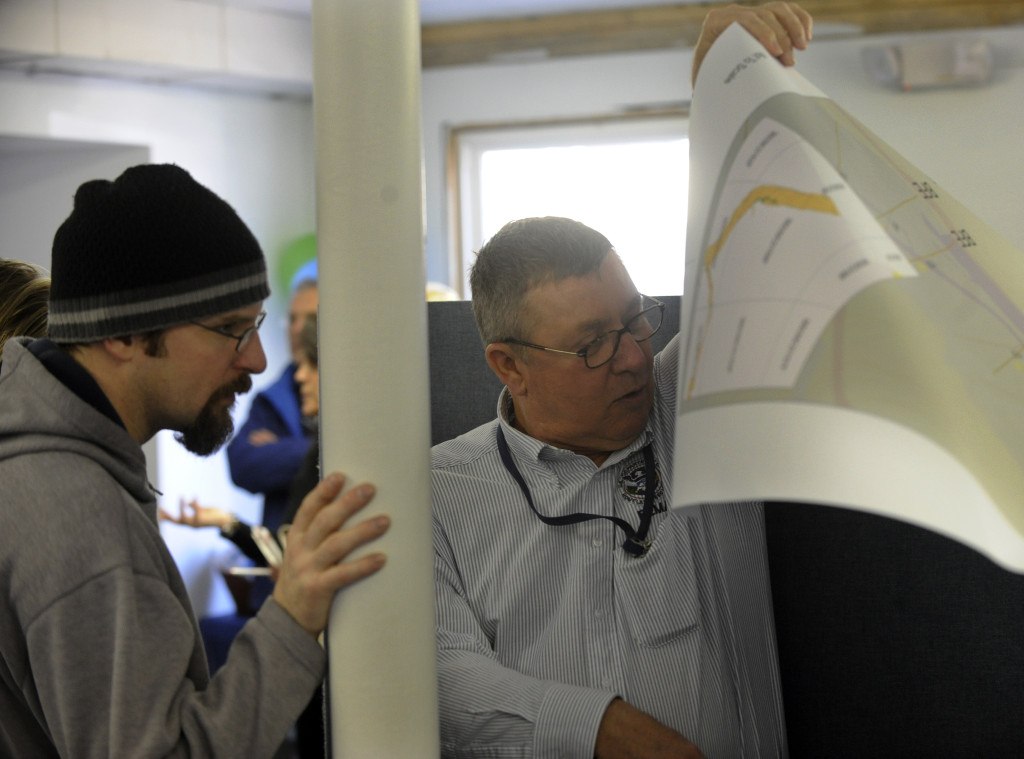The Federal Emergency Management Agency has released new advisory maps for Manhattan that include the World Trade Center site in the zone seen as most at risk for flooding during a powerful coastal storm.
The maps released this week were in the works even before Superstorm Sandy hit the city in October, but they reflect some of the lessons learned during the disaster.
Flooding wasn’t extensive in Manhattan during the storm, but it caused some spectacular damage where it did occur, inundating subway stations and tunnels, crippling critical electrical infrastructure and destroying the mechanical equipment in waterfront skyscrapers.
The storm also sent water from the Hudson River pouring into the unfinished World Trade Center site – a factor that led FEMA to include the area around the complex in the zone considered likely to flood at least once a century.
A number of blocks were also added in Manhattan’s East Village and Chelsea sections and in Brooklyn’s Red Hook and Greenpoint sections, both of which saw worse-than-expected flooding during Sandy.
The maps are preliminary, but FEMA officials said they will be useful in rebuilding and fortifying flooded areas. Official versions of the maps will be rolled out this spring and finalized over the next year or two. Those maps will be used to set premium rates for flood insurance and play a role in building codes and other regulations.
FEMA had previously released revised maps for harder-hit areas of the city, including the Rockaway seashore, Staten Island and parts of Brooklyn along Jamaica Bay.
Those maps underwent far more dramatic revisions than the ones unveiled for Manhattan, adding thousands of buildings and many square miles of land previously thought to be unlikely to flood.
Was this article valuable?
Here are more articles you may enjoy.


 Truckers Who Fail English Tests Get Pulled Off Roads in Trump Crackdown
Truckers Who Fail English Tests Get Pulled Off Roads in Trump Crackdown  Verlan Files Subro Suit Against Georgia Chemical Plant After $20M Payout on Fire
Verlan Files Subro Suit Against Georgia Chemical Plant After $20M Payout on Fire  Atmospheric River to Flood Pacific Northwest Through Week
Atmospheric River to Flood Pacific Northwest Through Week  Losses Top $20 Billion in Asia Floods as Climate Risks Grow
Losses Top $20 Billion in Asia Floods as Climate Risks Grow 